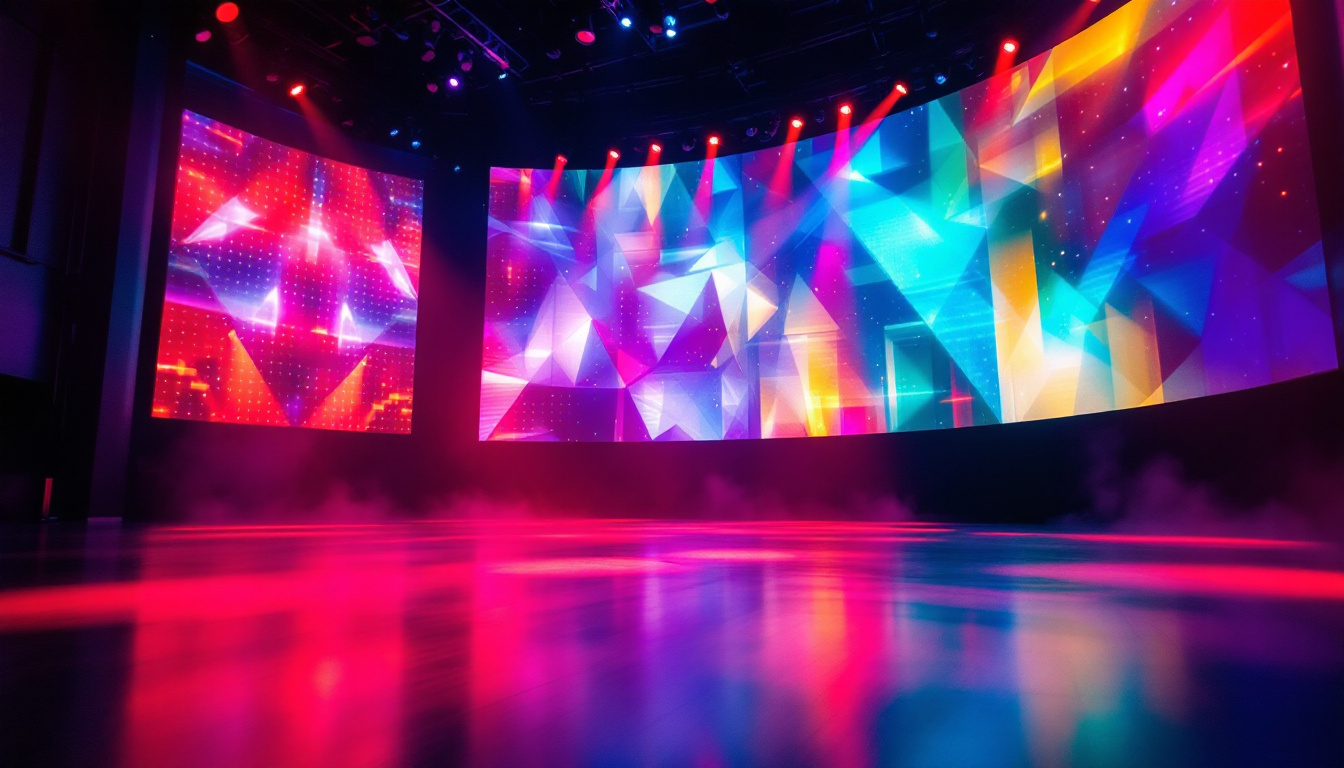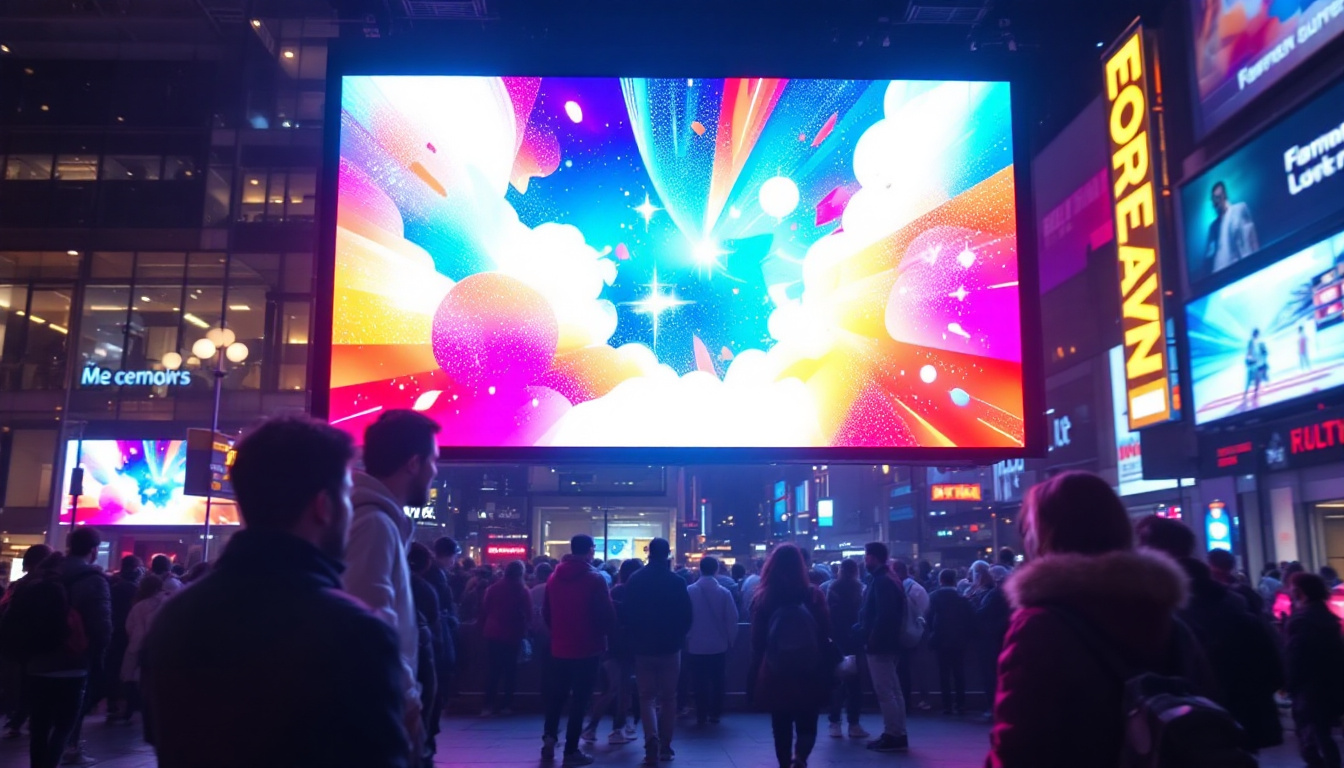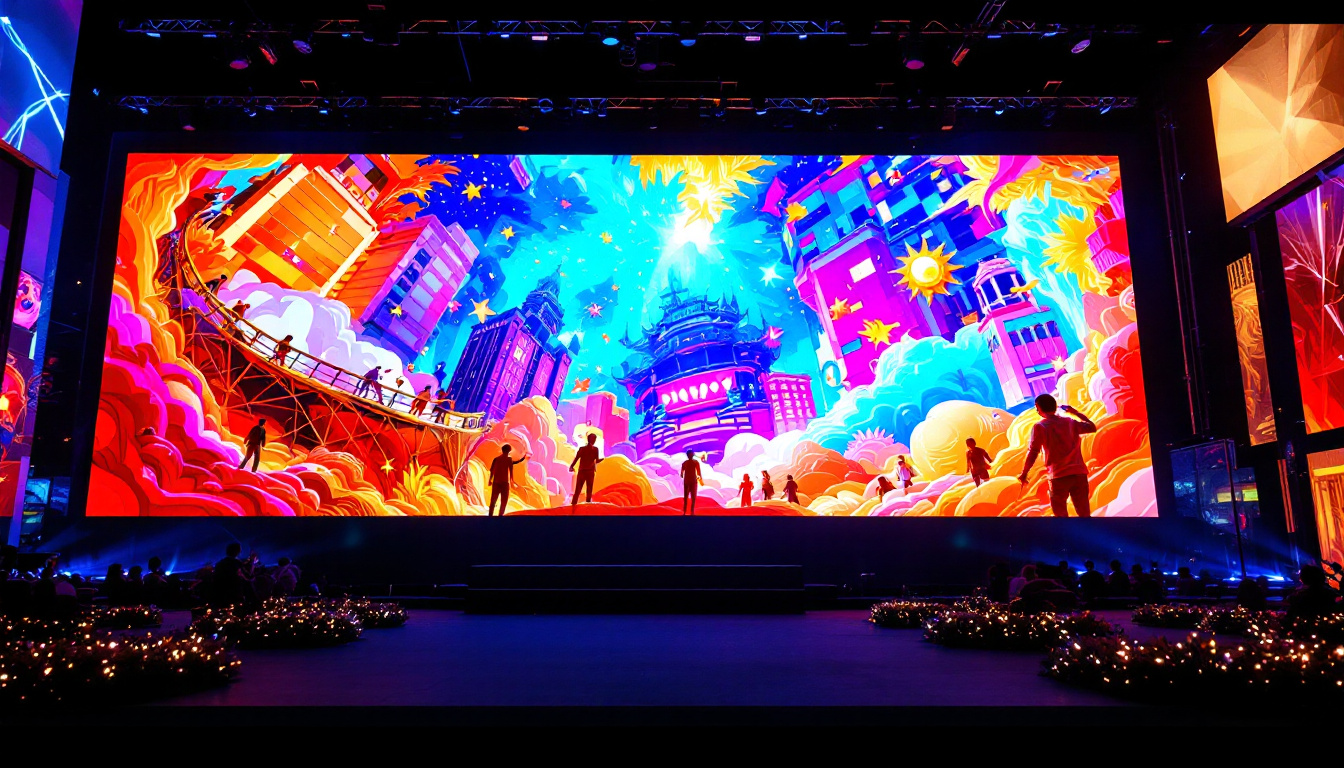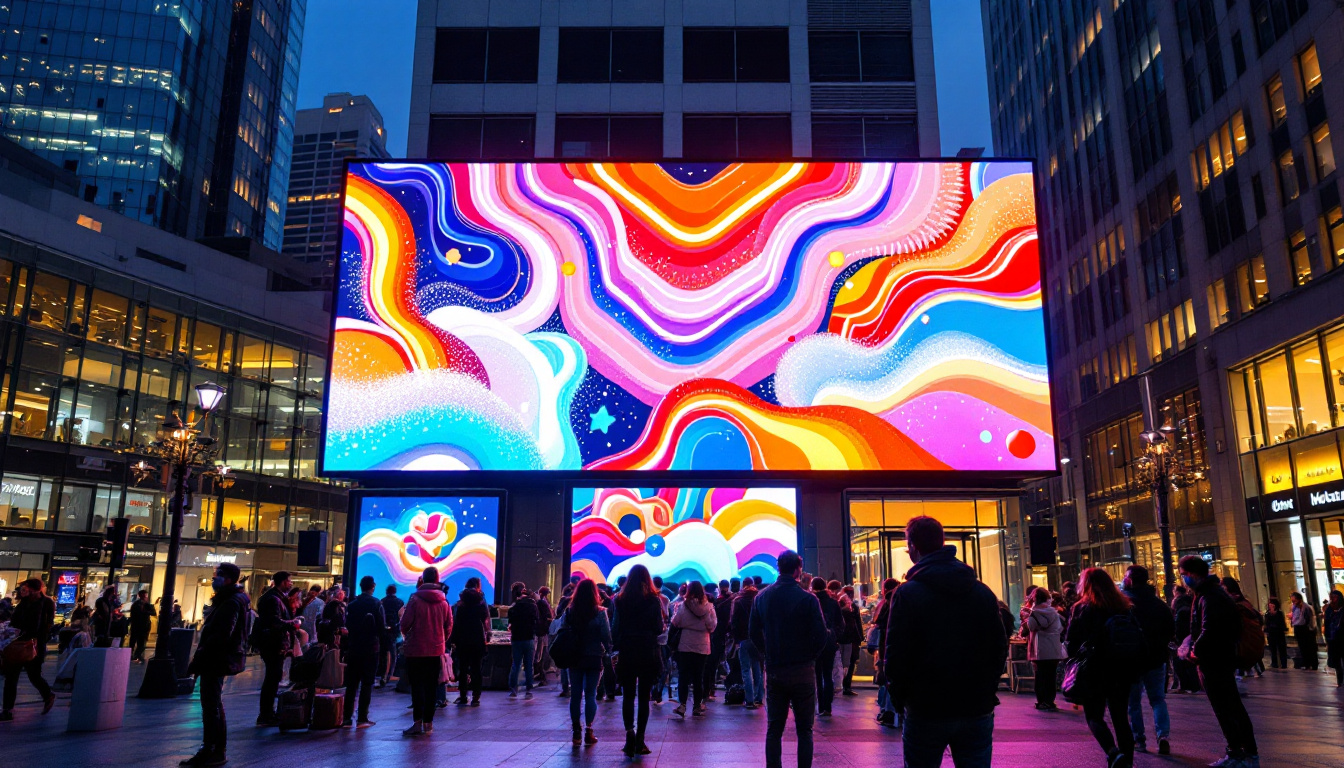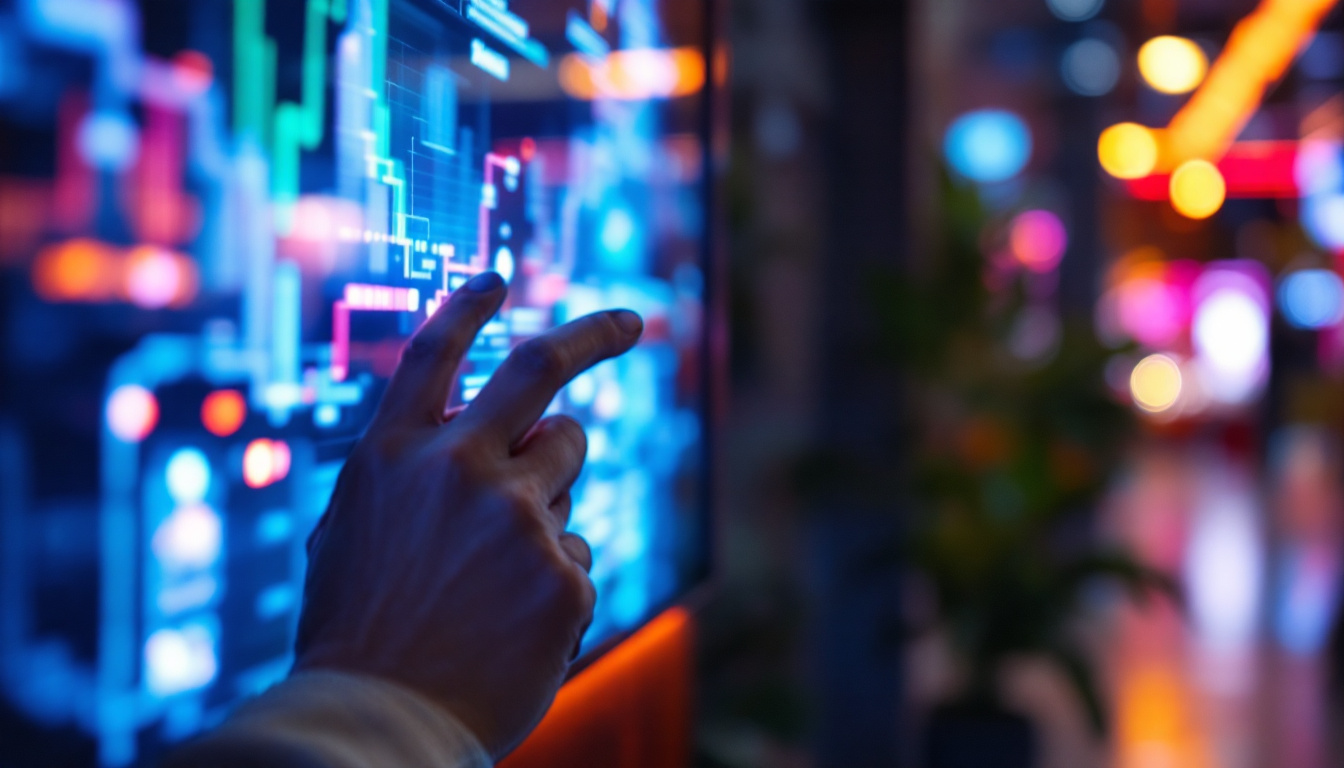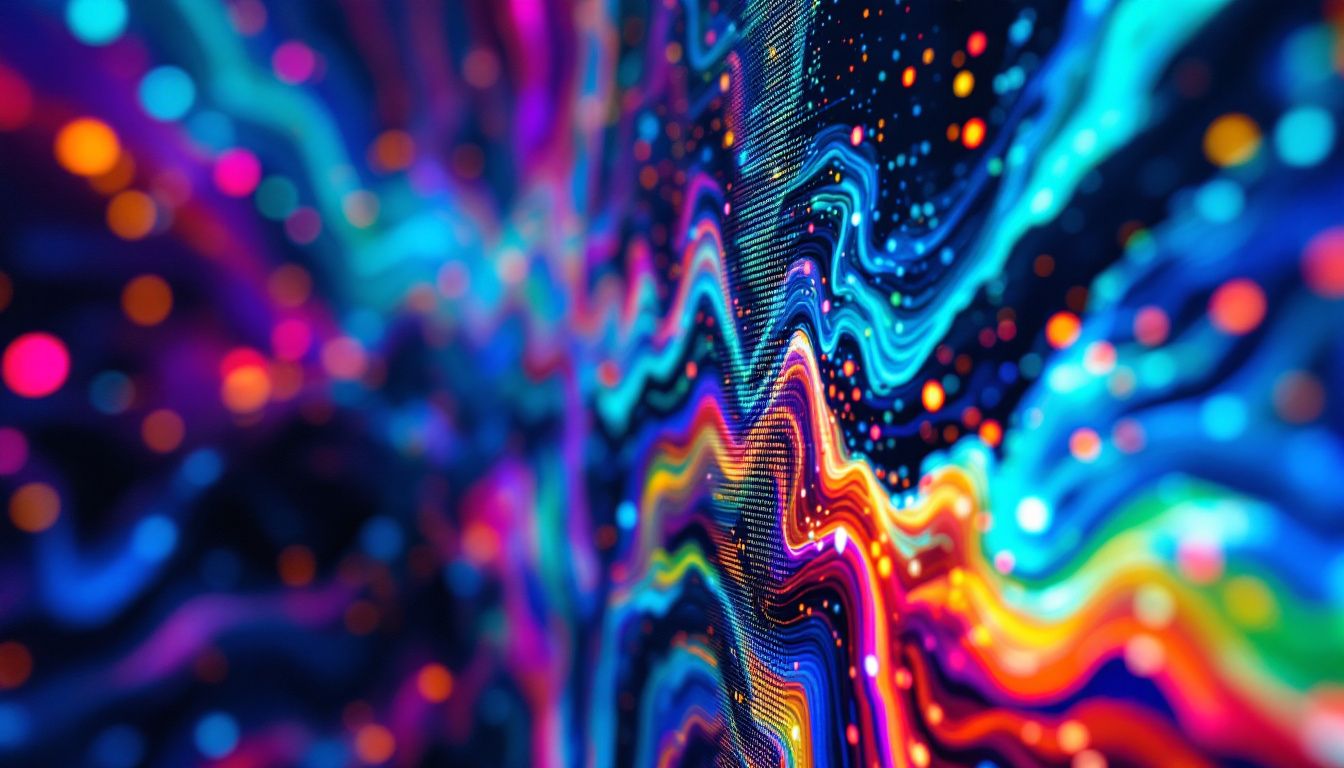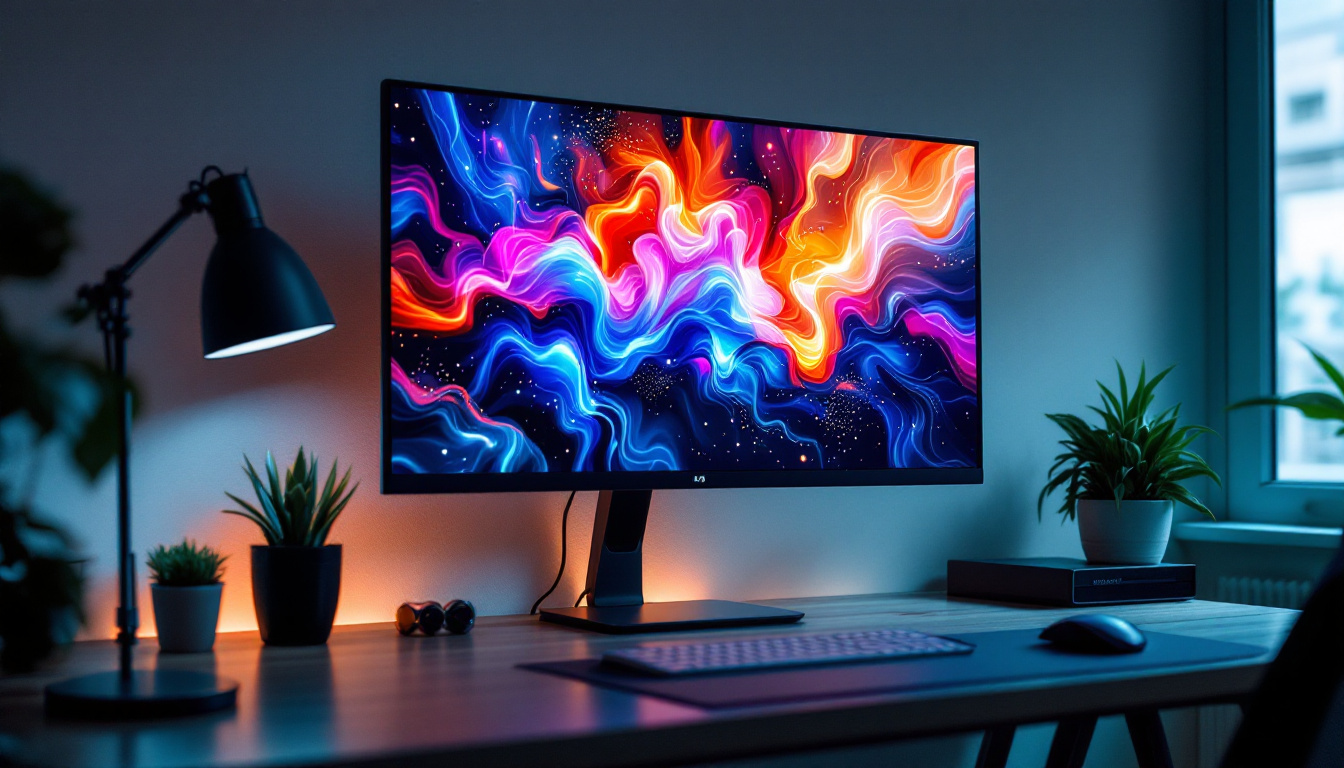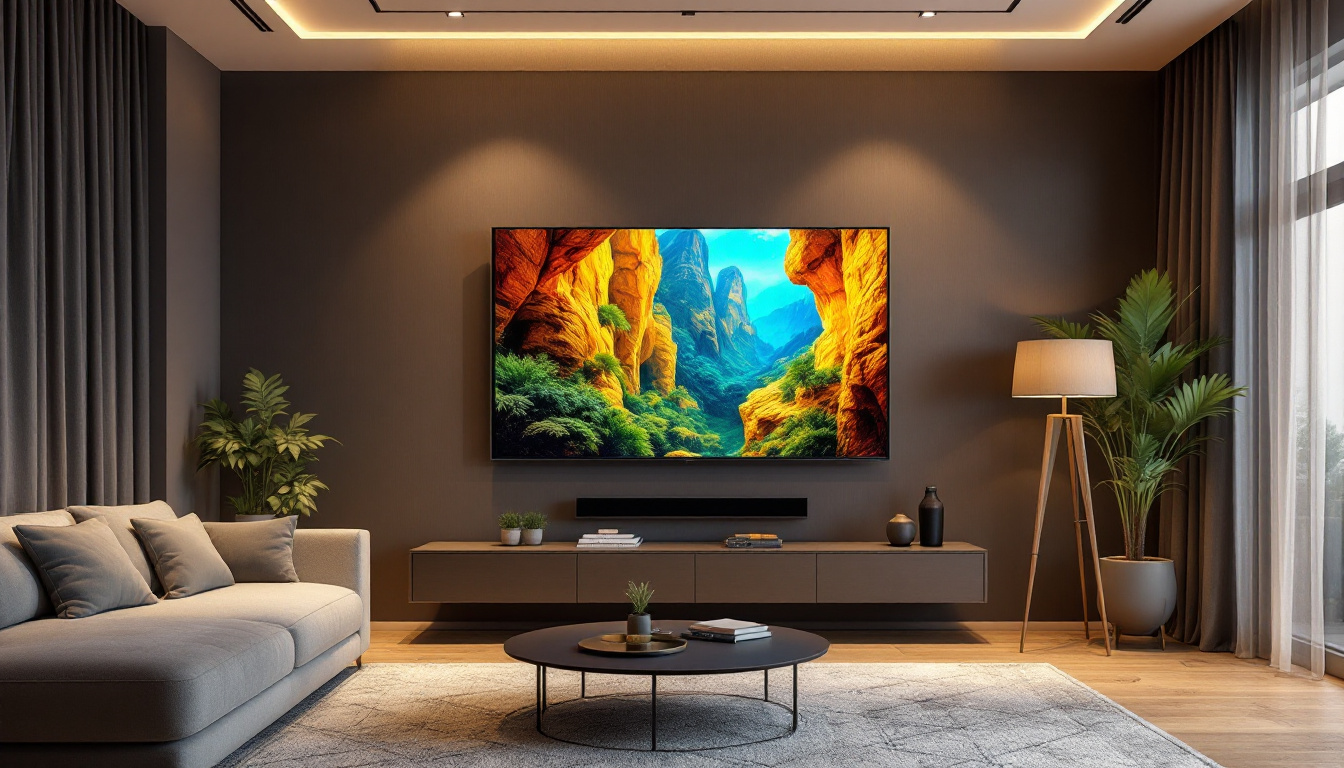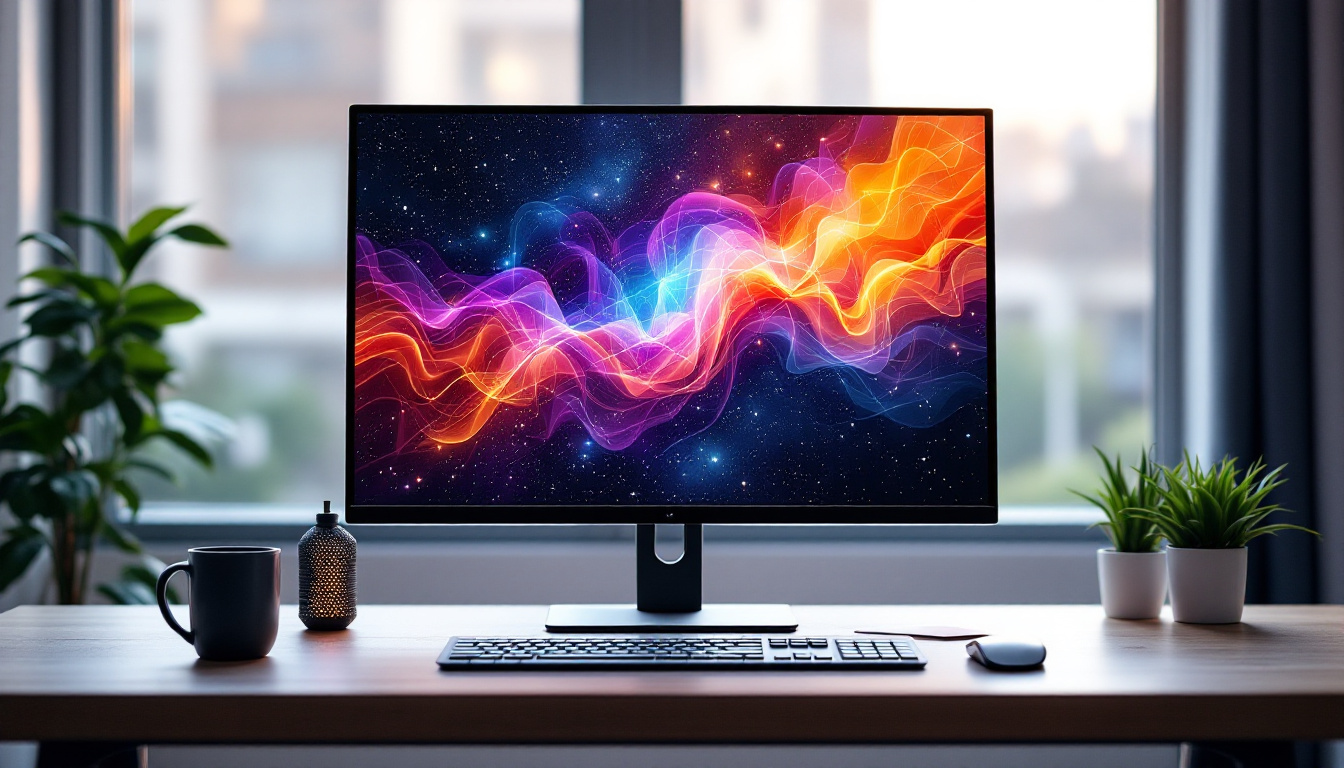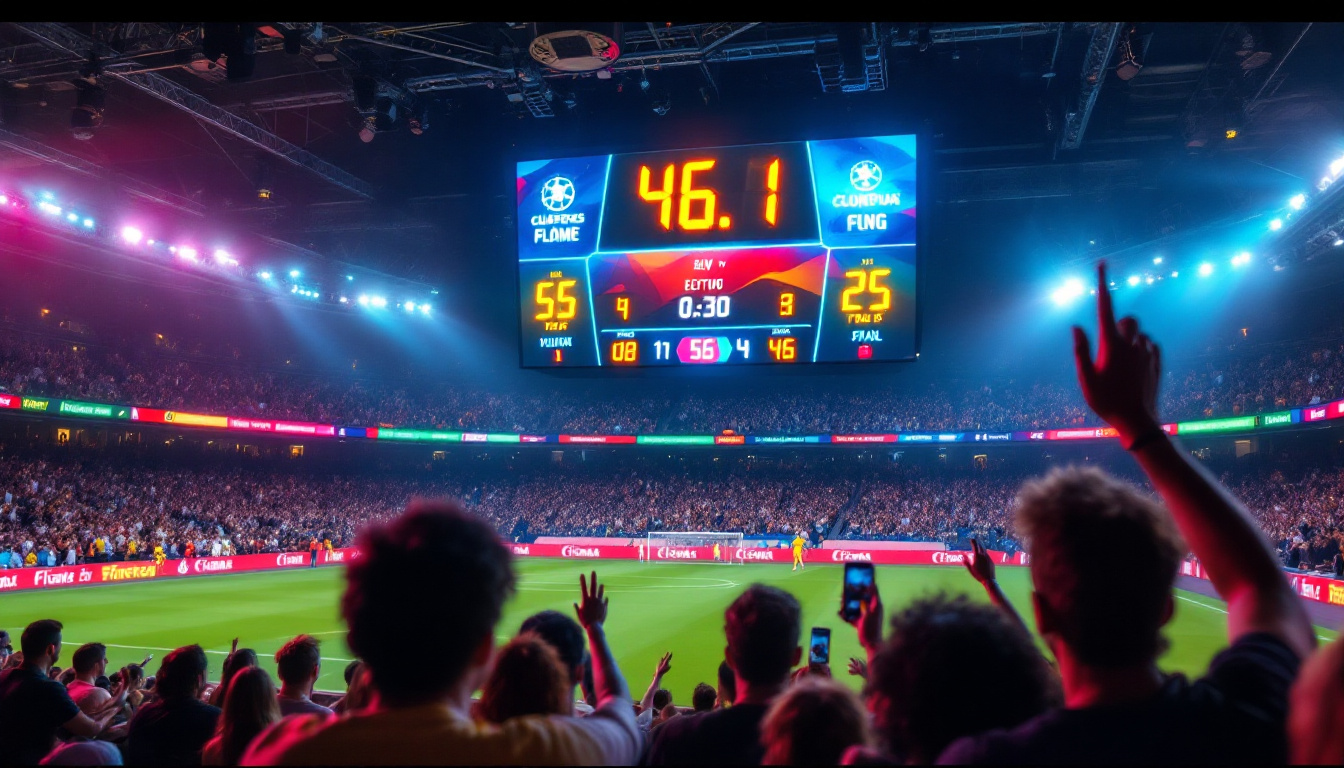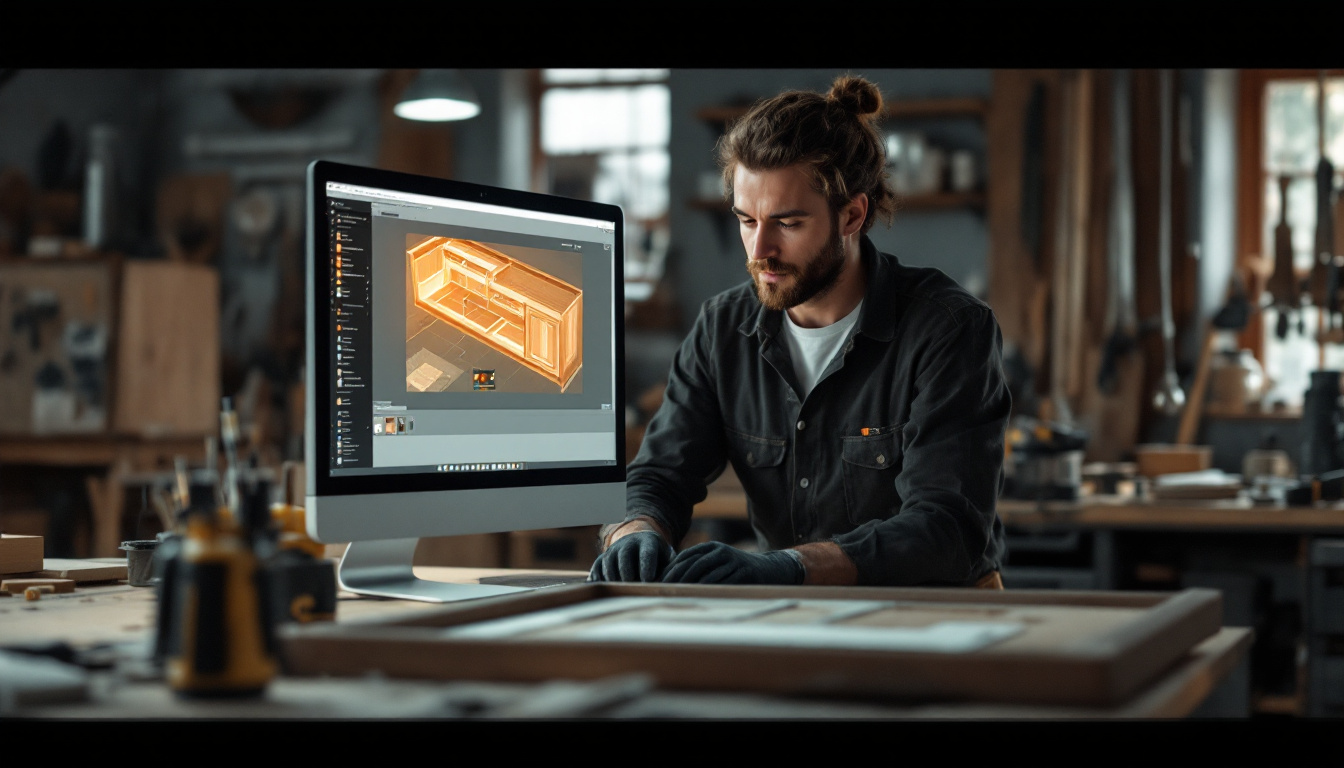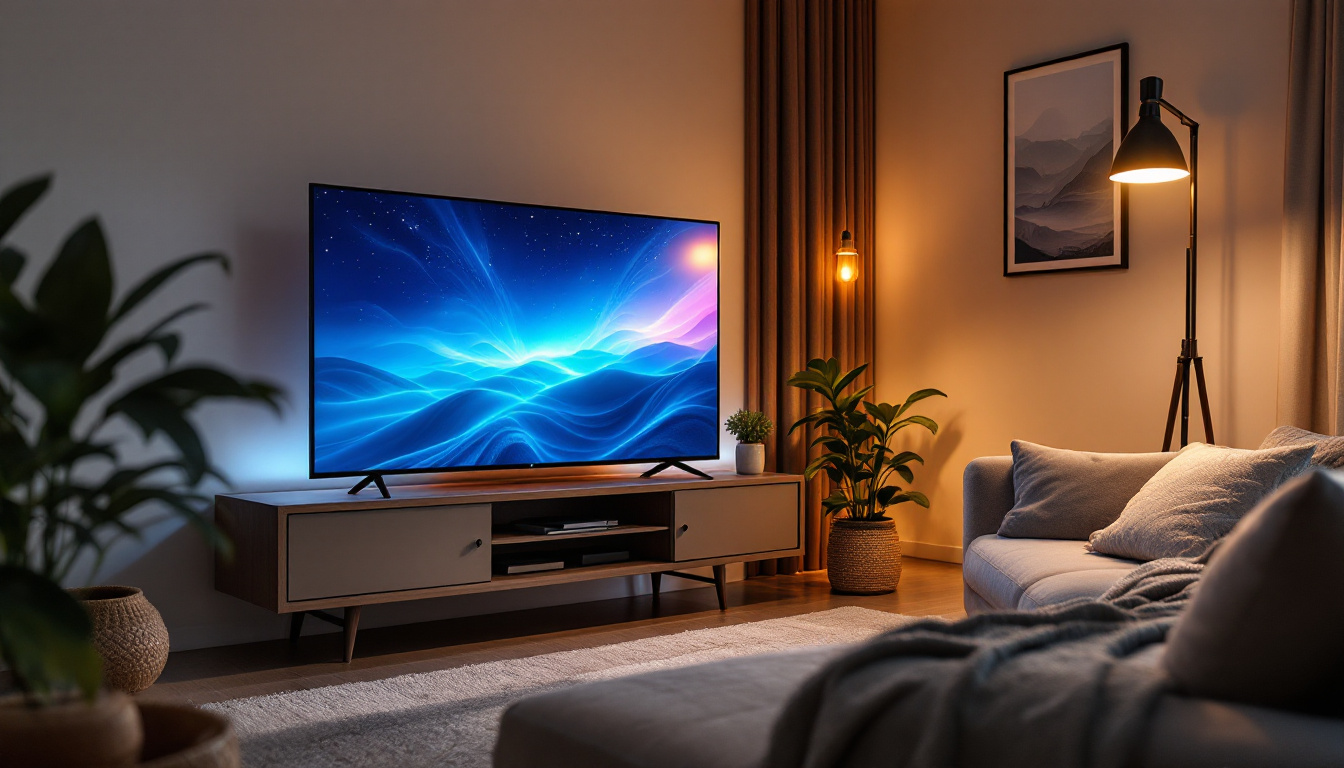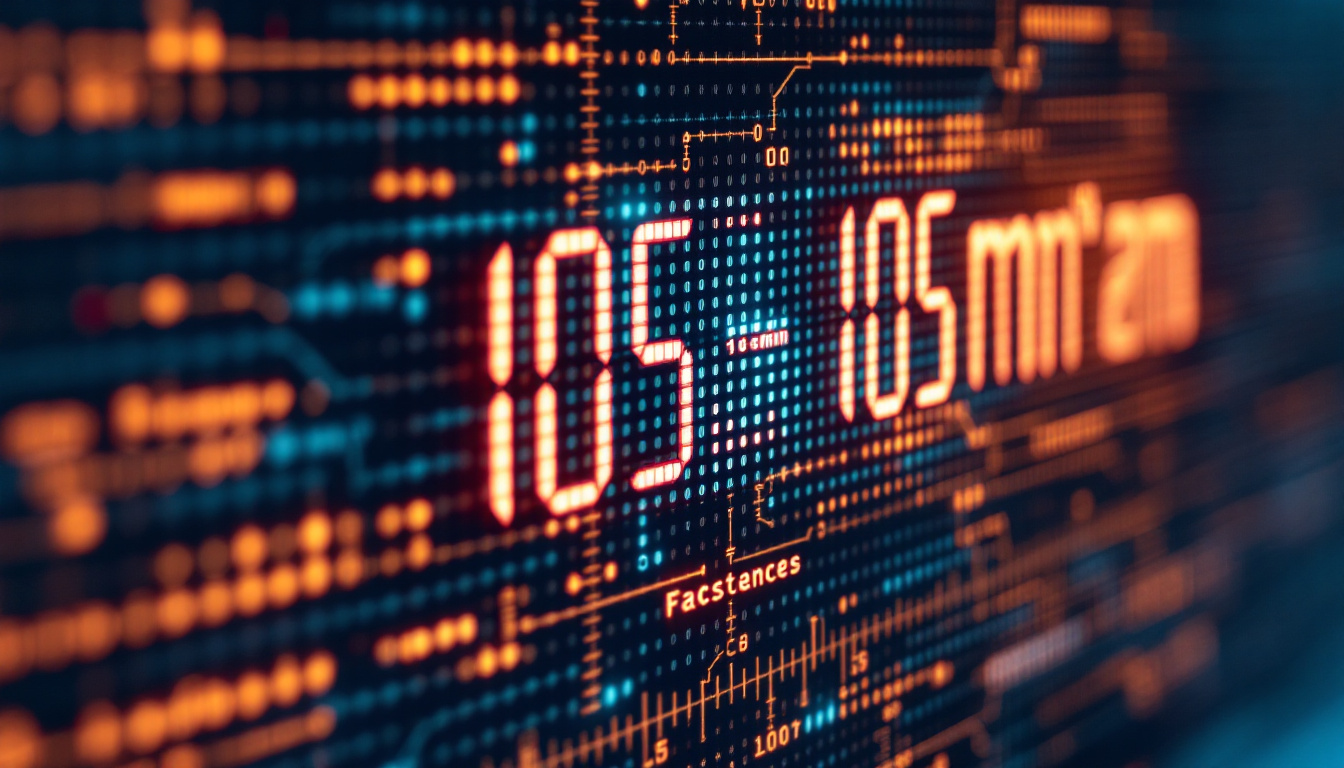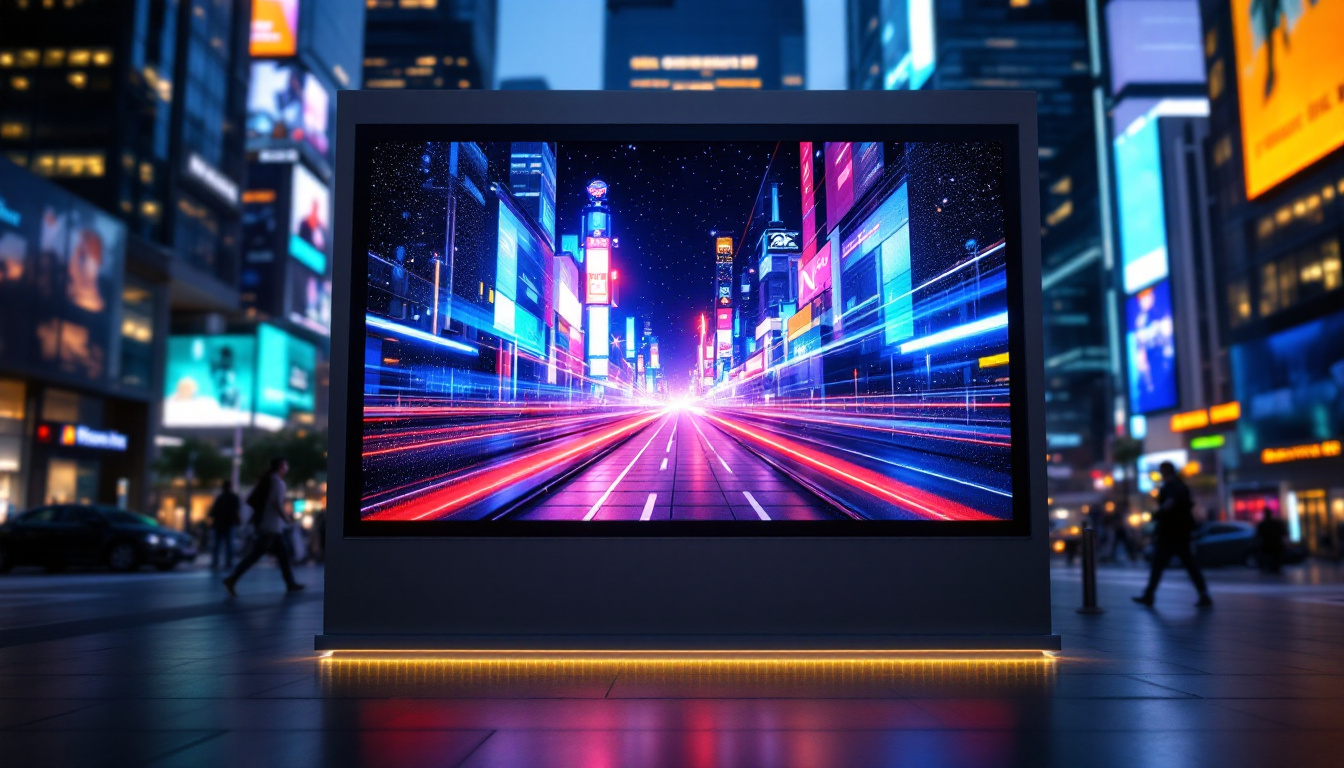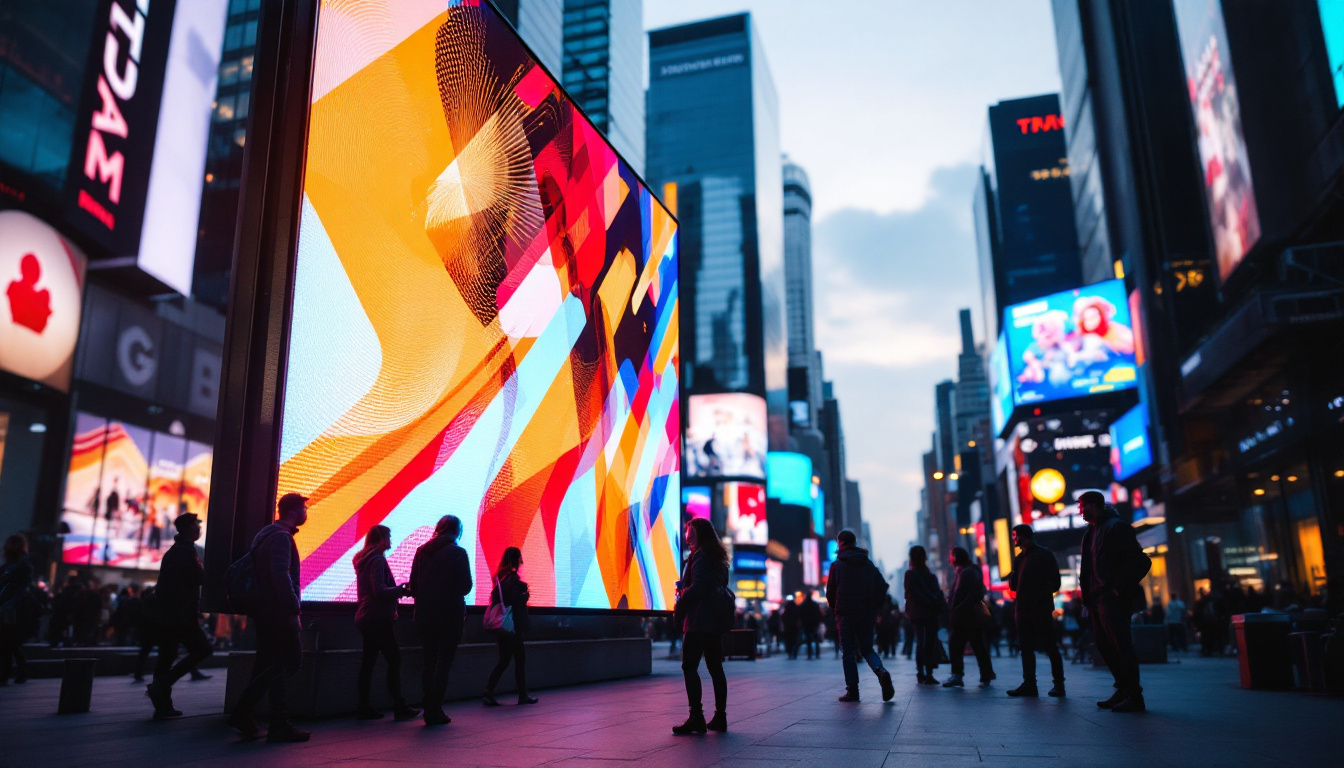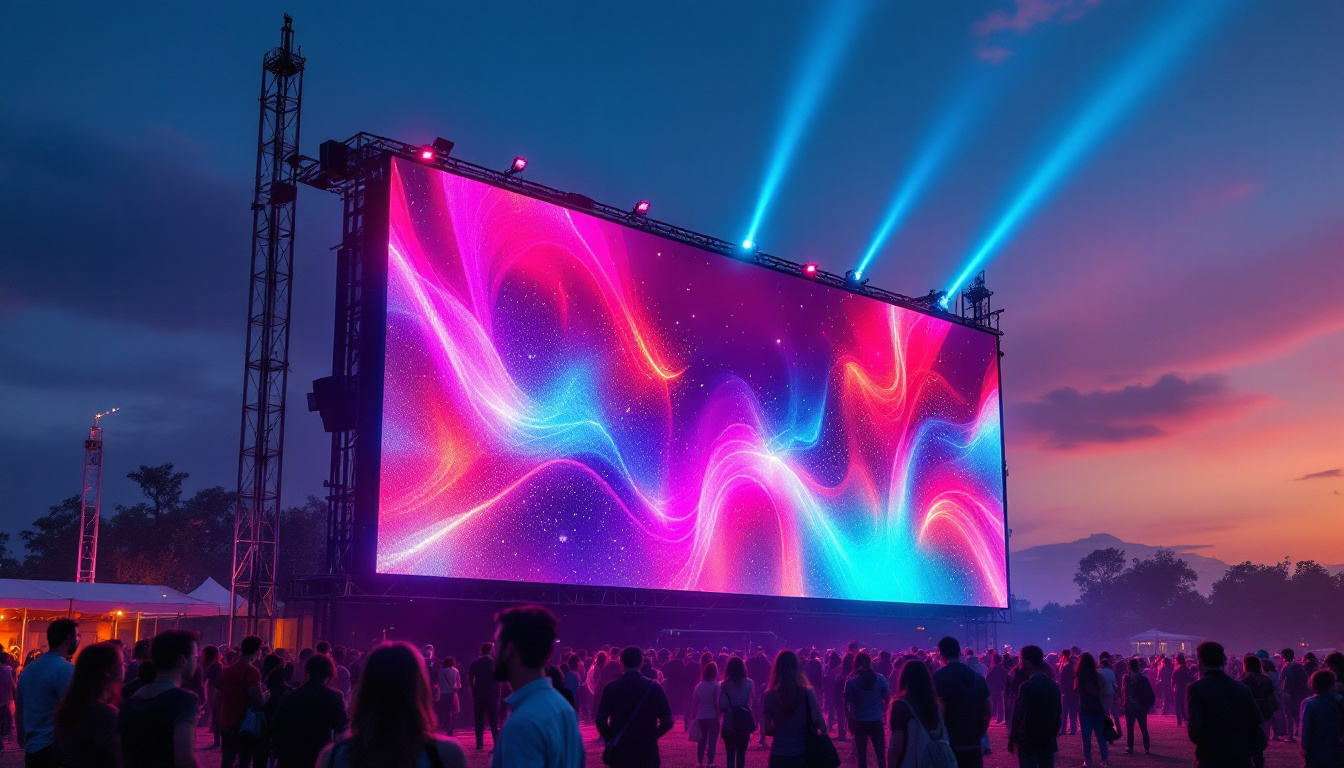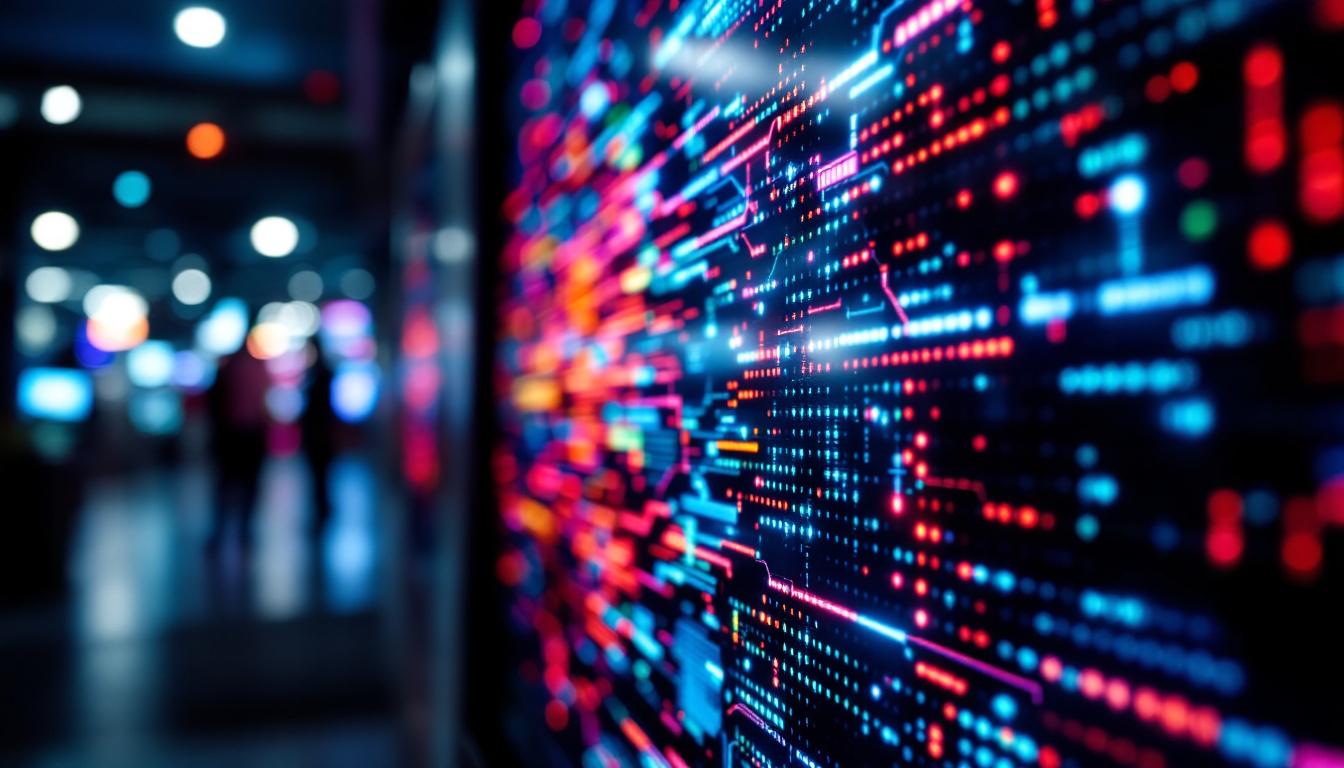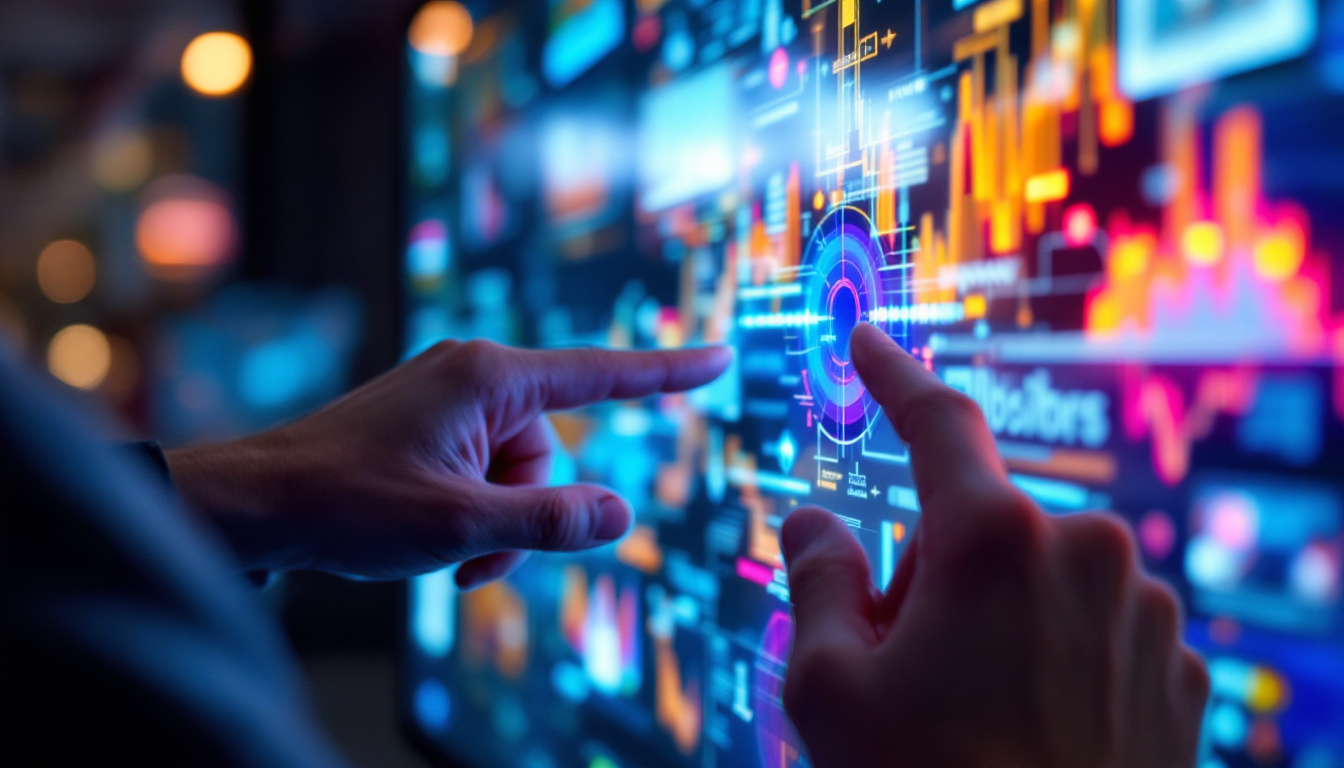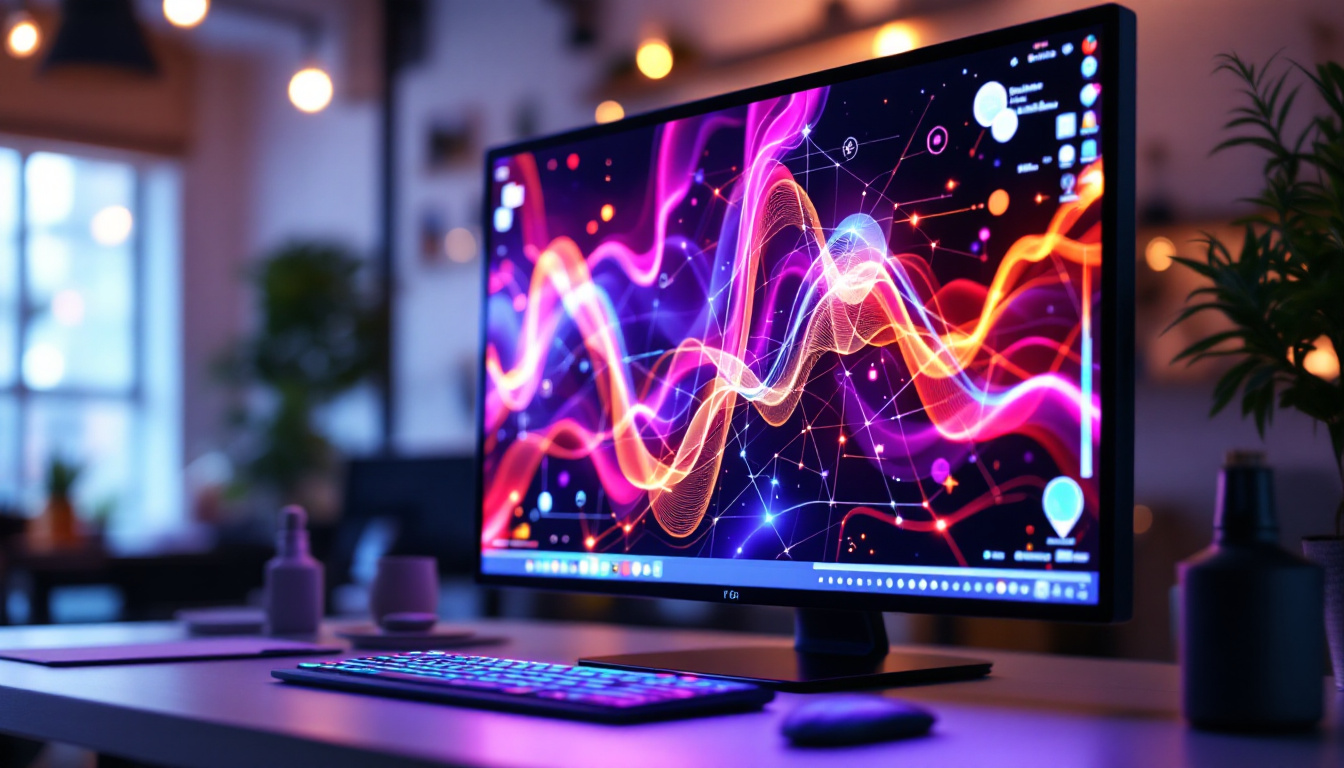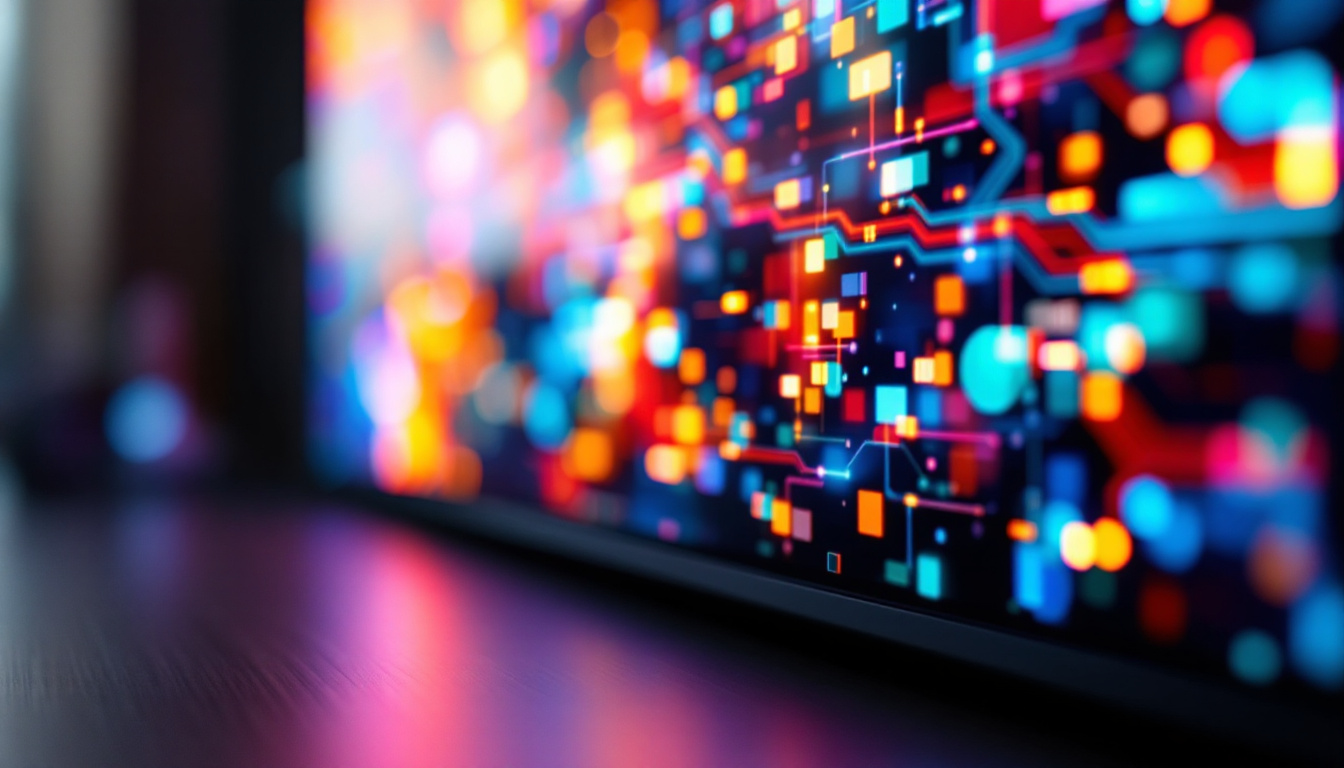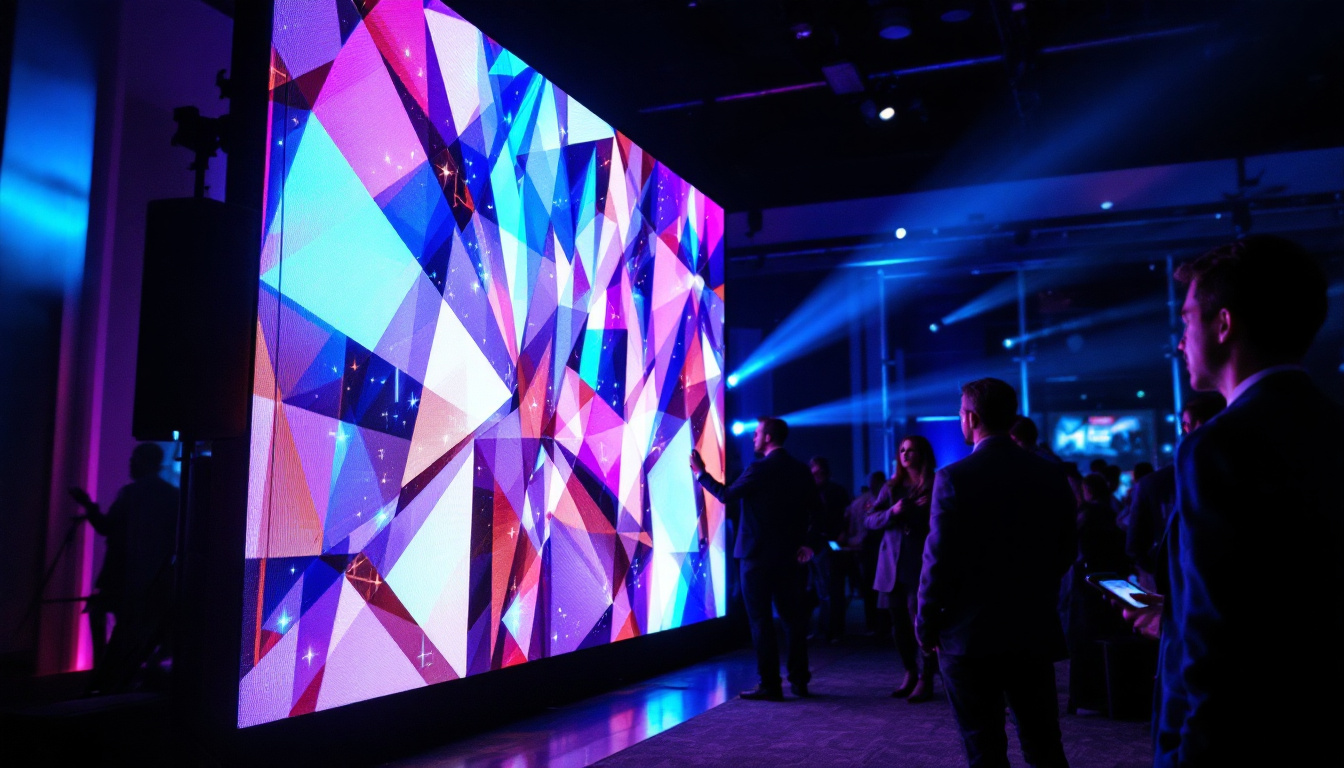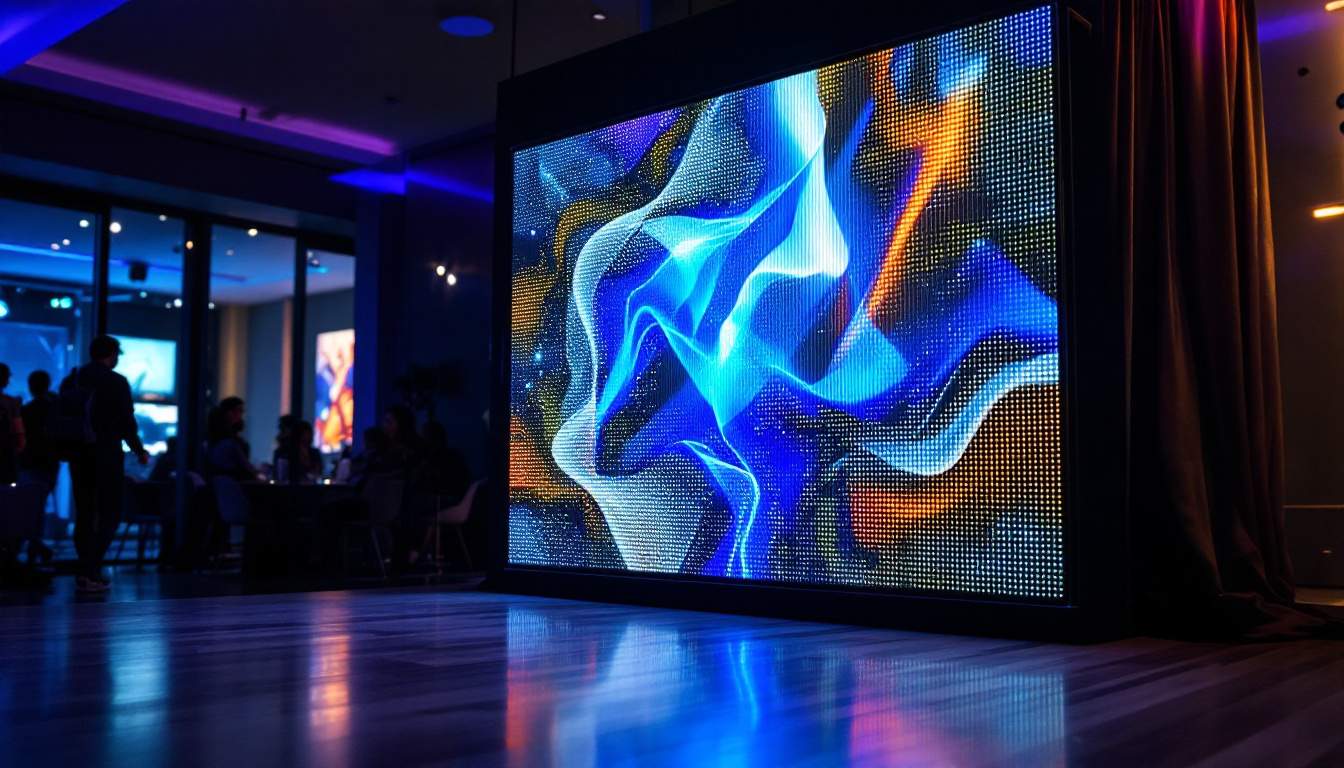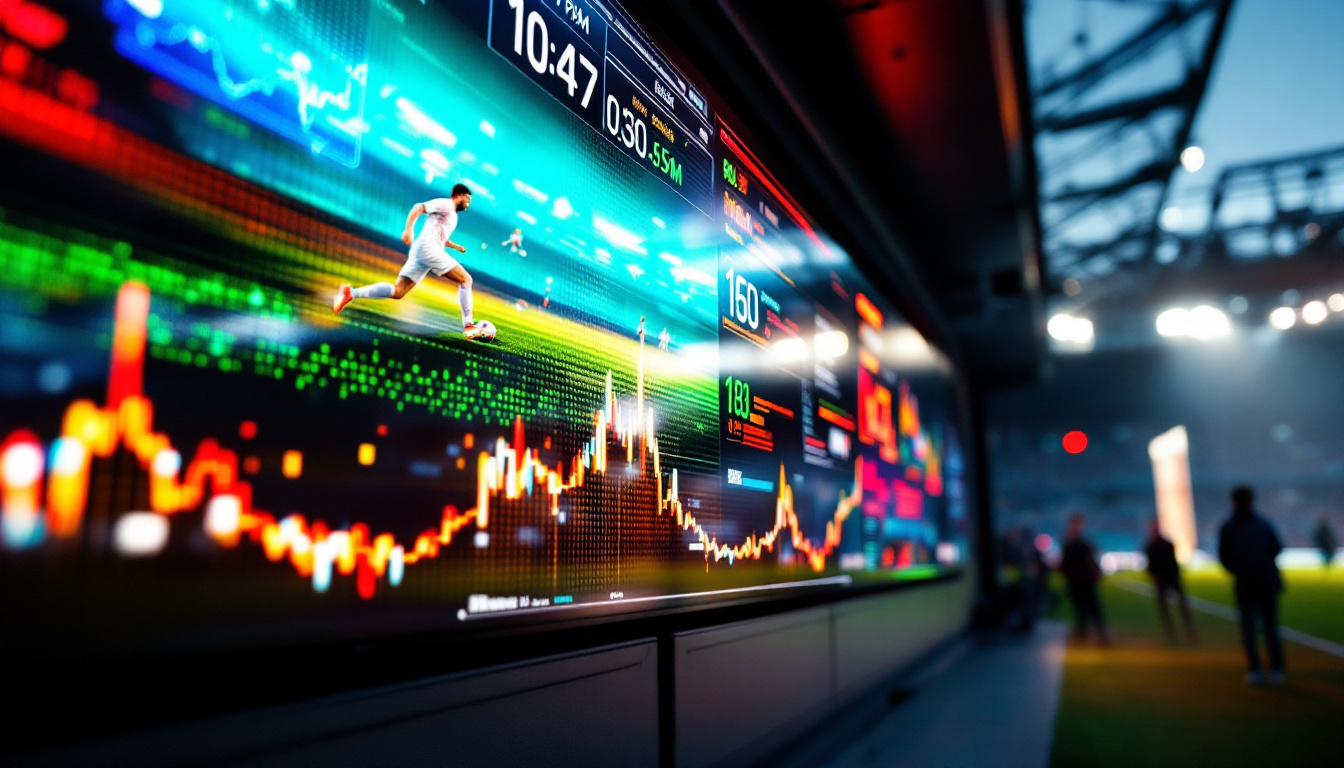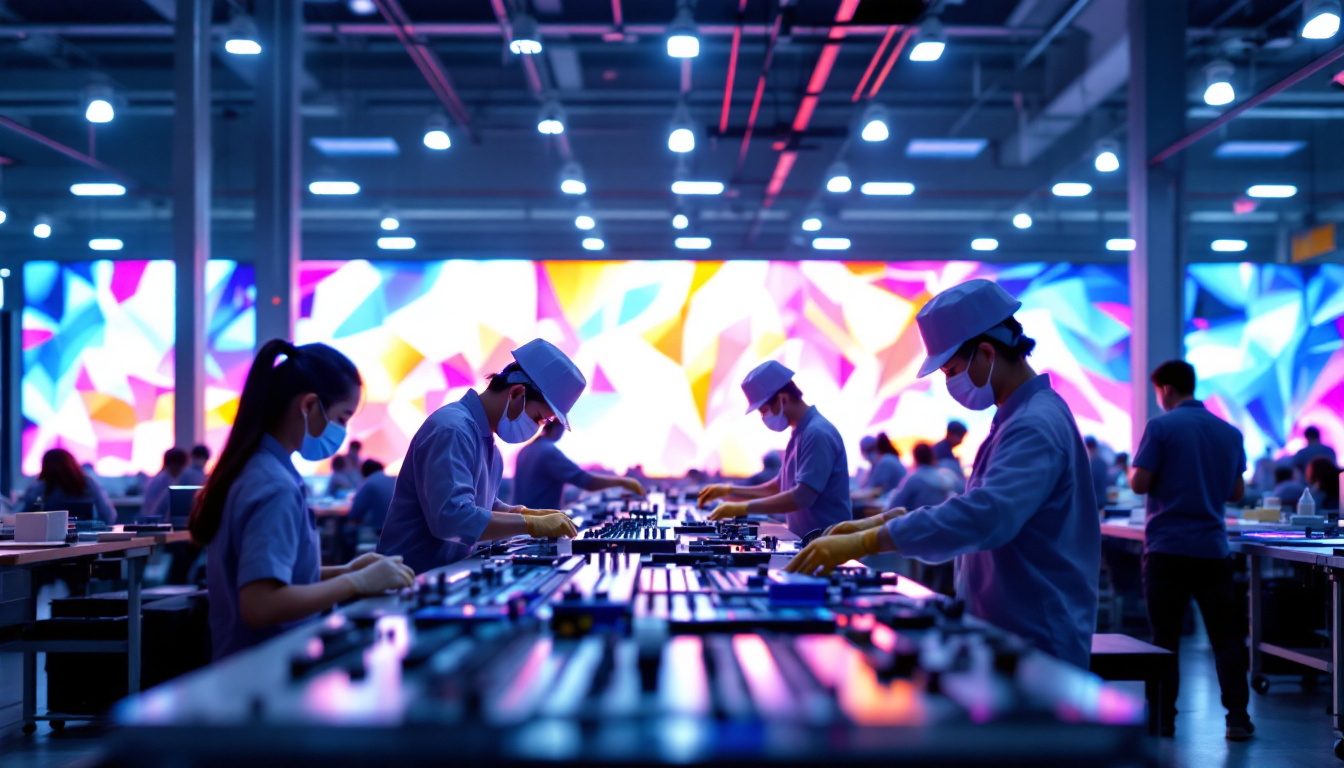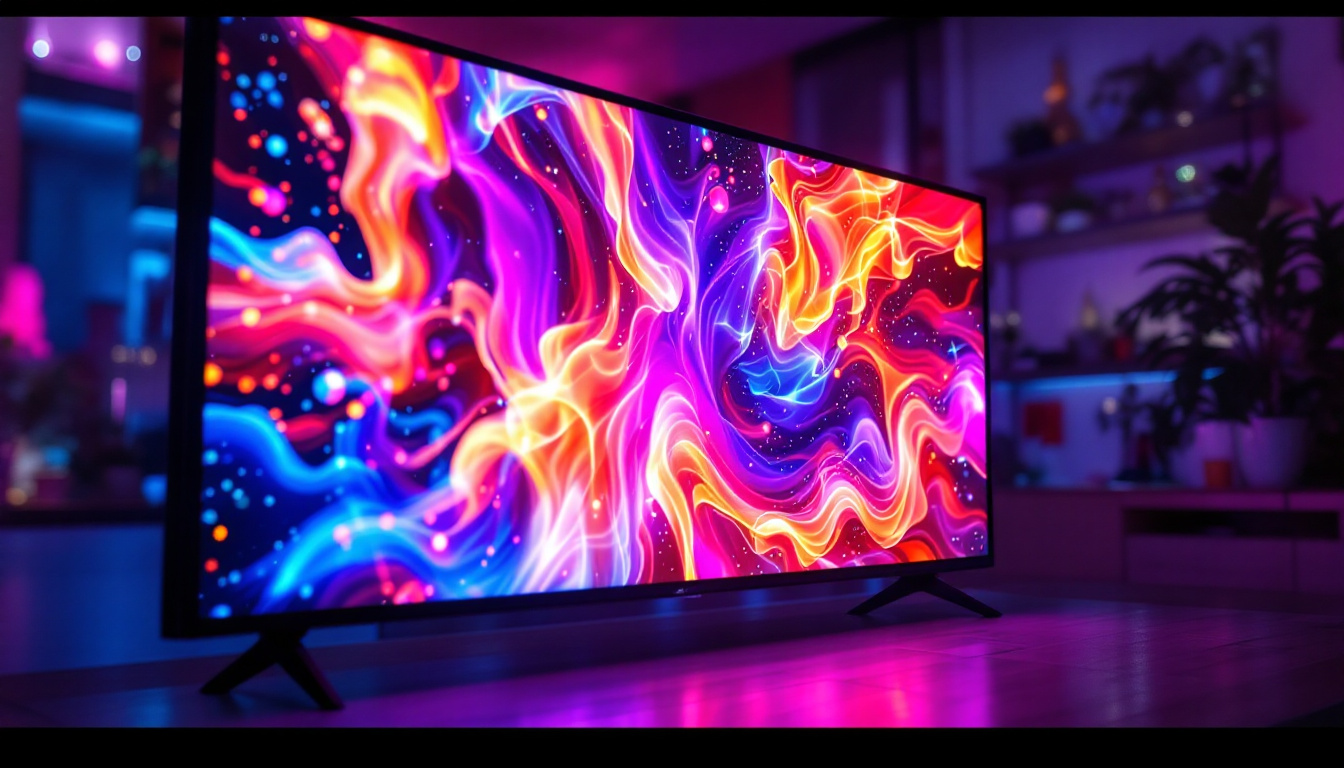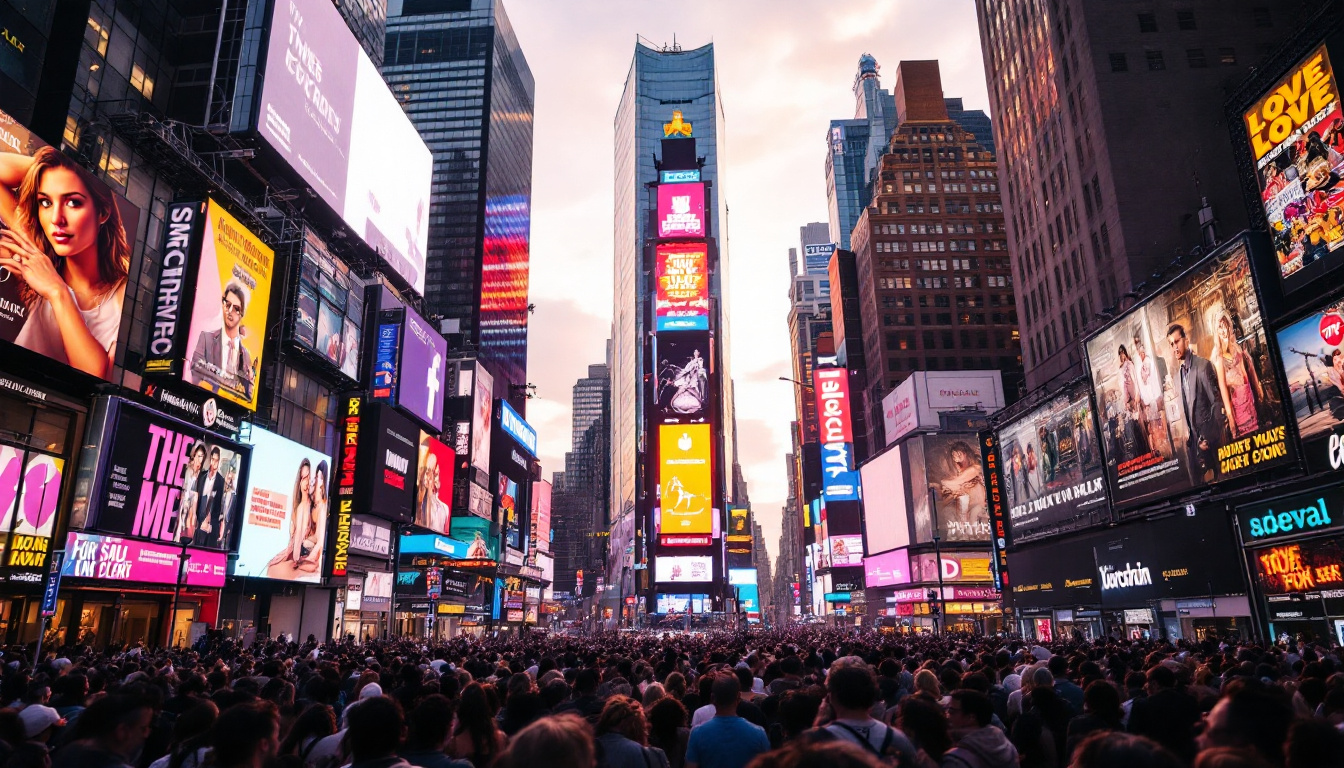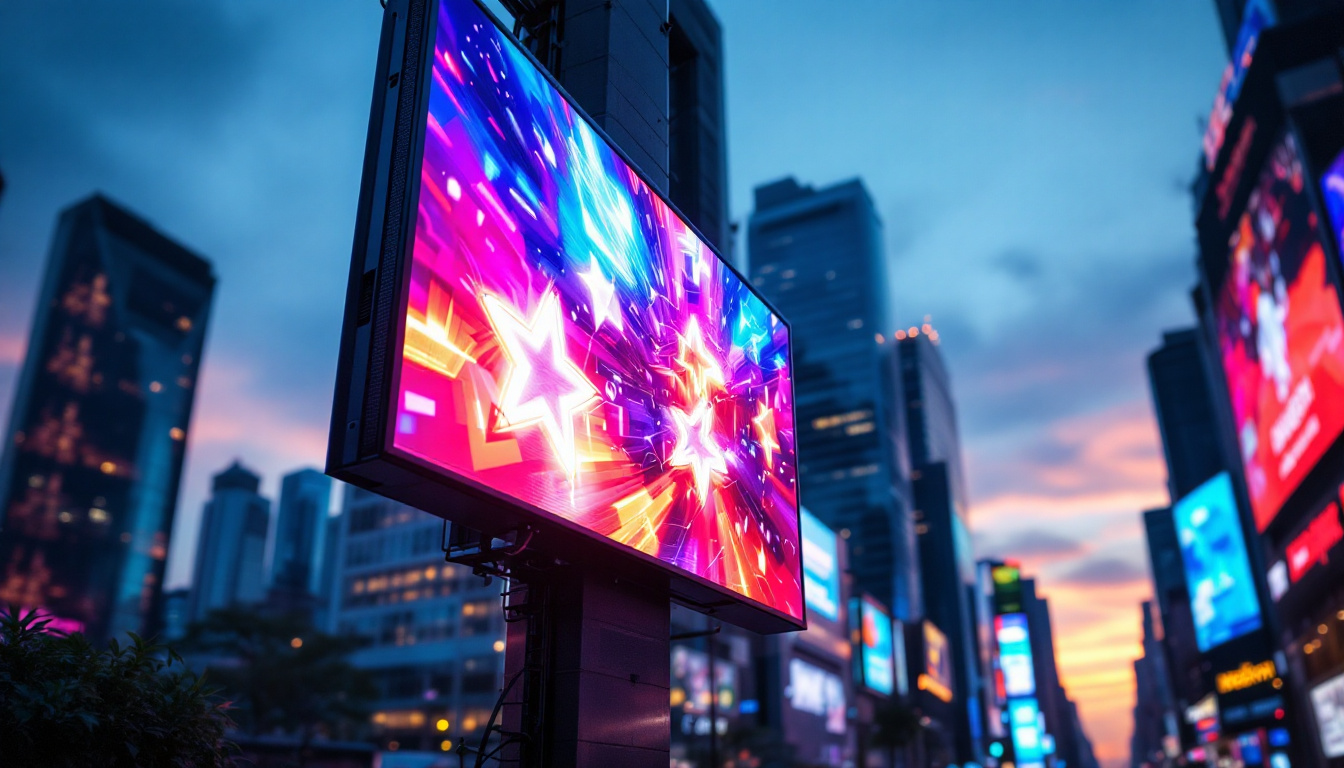In the ever-evolving world of design and technology, LED displays have emerged as a cornerstone for modern visual communication. From grand theatrical productions to corporate events, these displays have transformed how audiences experience visual storytelling. This article delves into the intricacies of LED displays, exploring their technology, applications, and the impact they have on design theatre.
Understanding LED Technology
Light Emitting Diodes (LEDs) are semiconductor devices that emit light when an electric current passes through them. This technology has revolutionized display systems, offering brightness, energy efficiency, and versatility that traditional display methods cannot match. LEDs consume significantly less power than incandescent or fluorescent lights, leading to lower energy bills and reduced carbon footprints, which is increasingly important in our environmentally conscious society.
The Basics of LED Functionality
At the core of LED technology is the principle of electroluminescence. When electrons recombine with holes in a semiconductor, energy is released in the form of photons, producing light. This process allows LEDs to generate a wide spectrum of colors by adjusting the composition of the semiconductor materials. The efficiency of this process is one of the reasons LEDs have become the go-to choice for lighting and display solutions across various industries.
LED displays are composed of numerous tiny LED bulbs arranged in a grid. Each pixel is made up of red, green, and blue (RGB) LEDs, which combine to create a full spectrum of colors. This pixel-based structure enables high-resolution images and videos, making LED displays ideal for dynamic content. Furthermore, the rapid response time of LEDs allows for smooth transitions and animations, enhancing the viewer’s experience and engagement with the displayed material.
Types of LED Displays
LED displays come in various types, each suited for specific applications. The most common types include:
- Direct View LED: These displays are made up of individual LED modules that create images directly visible to the audience. They are commonly used in outdoor advertising and large venues.
- LED Video Walls: Composed of multiple LED panels, video walls can create expansive displays for concerts and events, providing a seamless visual experience.
- Transparent LED: These innovative displays allow for visibility through the screen while still showcasing vibrant content, making them ideal for retail environments.
In addition to these types, there are also specialized LED displays such as flexible LED screens, which can be bent and shaped to fit unique designs, and high dynamic range (HDR) LED displays that offer enhanced color accuracy and contrast. These advancements in LED technology not only broaden the scope of creative possibilities for designers and advertisers but also improve the overall viewing experience for consumers. As technology continues to evolve, we can expect even more innovative applications of LED technology across various fields, from automotive displays to smart home lighting solutions.
Applications of LED Displays in Design Theatre
The versatility of LED displays has led to their widespread adoption in various sectors, particularly in design theatre. Their ability to create immersive environments and enhance storytelling has made them invaluable tools for directors and designers.
Enhancing Visual Storytelling
In theatrical productions, visual storytelling is paramount. LED displays can transform a simple stage into a dynamic environment, allowing for rapid scene changes and immersive backdrops. By projecting vivid images and animations, designers can create atmospheres that resonate with the audience, enhancing the narrative without the need for physical set changes.
Moreover, LED displays can synchronize with lighting and sound, creating a cohesive sensory experience. This integration allows for a more profound emotional impact, drawing audiences deeper into the story being told. For example, a dramatic scene set in a stormy landscape can be enhanced with swirling clouds and flashes of lightning projected on the LED screens, perfectly timed with the sound effects and lighting cues. This level of synchronization not only captivates the audience but also deepens their emotional connection to the characters and plot.
Interactive Experiences
With advancements in technology, LED displays can now be interactive. This capability opens up new avenues for audience engagement, allowing viewers to participate in the performance actively. For instance, touch-sensitive LED screens can enable audiences to influence the visuals on stage, making each performance unique.
Interactive LED displays can also be used in pre-show experiences, where audiences can engage with content before the performance begins. This interaction not only builds excitement but also sets the tone for the show. Additionally, during the performance, audience members might be invited to vote on certain plot developments or character decisions through their smartphones, with the results displayed in real-time on the LED screens. Such innovative uses of technology not only enhance the overall experience but also foster a sense of community among the audience, as they collectively shape the narrative unfolding before them.
Furthermore, the use of LED displays can extend beyond the stage itself. In lobby areas and waiting rooms, large LED screens can showcase behind-the-scenes footage, interviews with the cast, or even interactive games related to the production. This not only entertains the audience while they wait but also deepens their investment in the performance they are about to see, creating a more holistic theatre experience.
Design Considerations for LED Displays
When incorporating LED displays into design theatre, several factors must be considered to ensure optimal performance and aesthetic appeal. From placement to resolution, each decision plays a crucial role in the overall effectiveness of the display.
Resolution and Pixel Pitch
Resolution is a critical factor in determining the quality of an LED display. It refers to the number of pixels within a given area, typically expressed as pixel pitch. Pixel pitch is the distance between the centers of two adjacent pixels, and it directly affects the clarity of the image.
For theatre applications, a lower pixel pitch is generally preferred, as it allows for closer viewing distances without sacrificing image quality. This is particularly important in intimate settings where audiences are seated closer to the display. Conversely, larger venues may utilize displays with a higher pixel pitch, as the viewing distance is greater.
Placement and Configuration
The placement of LED displays is another vital consideration. Designers must strategically position displays to maximize visibility and impact. Factors such as sightlines, audience engagement, and the overall design aesthetic must be balanced to create a harmonious experience.
Additionally, the configuration of the display can influence its effectiveness. Curved or angled displays can create a more immersive experience, enveloping the audience in the visual narrative. This flexibility allows designers to experiment with unconventional layouts that enhance storytelling.
Challenges and Solutions in LED Display Integration
While LED displays offer numerous advantages, their integration into design theatre is not without challenges. Understanding these hurdles and exploring potential solutions is essential for successful implementation.
Technical Limitations
One of the primary challenges with LED displays is their technical limitations. Issues such as brightness levels, color accuracy, and refresh rates can affect the overall performance. For instance, outdoor displays must be exceptionally bright to compete with sunlight, while indoor displays require precise color calibration to maintain visual fidelity.
To overcome these challenges, it is crucial to work with experienced technicians who understand the nuances of LED technology. Regular maintenance and calibration can also ensure that displays perform optimally throughout the production run.
Cost Considerations
Another significant challenge is the cost associated with LED displays. While prices have decreased in recent years, high-quality displays can still represent a substantial investment for production companies. Budget constraints may limit the size or complexity of the display, impacting the overall design.
To address this issue, designers can explore rental options for LED displays, allowing them to access high-quality technology without the upfront costs. Collaborating with production partners who offer LED solutions can also provide cost-effective alternatives.
The Future of LED Displays in Design Theatre
The future of LED displays in design theatre is bright, with emerging technologies poised to further enhance their capabilities. As the demand for innovative visual experiences grows, so too will the advancements in LED technology.
Advancements in Technology
One of the most exciting developments in LED technology is the integration of artificial intelligence (AI) and machine learning. These technologies can optimize display performance by analyzing audience engagement and adjusting content in real-time. This adaptability could lead to more personalized experiences, allowing for tailored performances that resonate with individual viewers.
Additionally, advancements in flexible LED technology are paving the way for even more creative applications. Designers can now create displays that bend and shape to fit unconventional spaces, further expanding the possibilities for immersive environments.
Sustainability and Energy Efficiency
As the focus on sustainability grows, LED displays are becoming increasingly energy-efficient. Innovations in materials and manufacturing processes are leading to displays that consume less power while maintaining high performance. This shift not only reduces the environmental impact but also lowers operational costs for production companies.
Moreover, the longevity of LED technology means that displays can be reused for multiple productions, further enhancing their sustainability profile. As the industry moves towards greener practices, LED displays will play a crucial role in reducing waste and promoting eco-friendly solutions.
Conclusion
LED displays have revolutionized the landscape of design theatre, offering unparalleled opportunities for creativity and engagement. Their ability to enhance visual storytelling, create interactive experiences, and adapt to various environments makes them indispensable tools for modern productions.
While challenges exist, the ongoing advancements in LED technology promise a bright future for their integration into design theatre. As the industry continues to embrace innovation, LED displays will undoubtedly remain at the forefront of visual communication, shaping the way stories are told on stage.
In summary, understanding the intricacies of LED displays is essential for anyone involved in design theatre. By leveraging their capabilities effectively, designers can create unforgettable experiences that captivate audiences and elevate the art of storytelling.
Illuminate Your Story with LumenMatrix
Ready to elevate your design theatre with the cutting-edge brilliance of LED display technology? Discover LumenMatrix’s diverse range of LED display solutions, from the immersive Indoor LED Wall Display to the dynamic Outdoor LED Wall Display, and beyond. Our innovative displays, including Vehicle LED, LED Poster, LED Sports, Floor LED, Custom LED, All-in-One LED, and LED Transparent Displays, are crafted to captivate your audience and amplify your message. Embrace the future of visual storytelling with LumenMatrix and check out LumenMatrix LED Display Solutions today!

